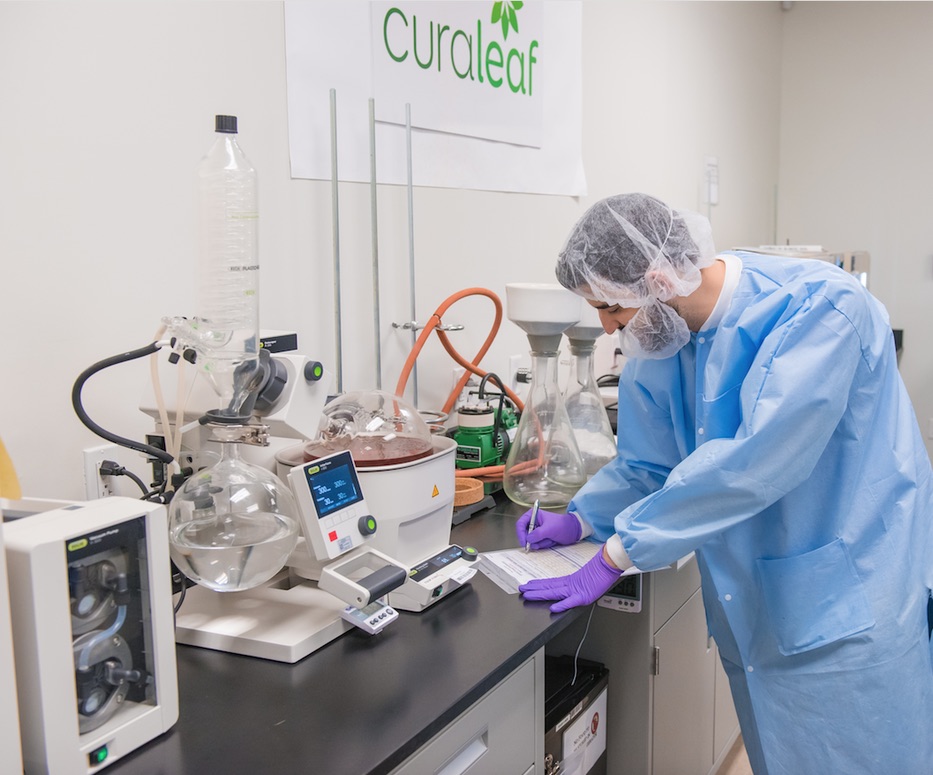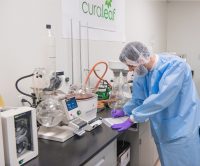In A Culture of Food Safety: A Position Paper (2018), the Global Food Safety Initiative (GFSI) defines food safety culture as the “shared values, beliefs, and norms that affect mind-set and behavior toward food safety in, across, and throughout an organization.” In other words, food safety culture in your workplace is the “this is how we do things around here.”
A food safety culture needs to be relentlessly communicated – everyone needs to know it is his or her job, not just a dusty slogan on the wall or a whisper down the halls.Building a strong food safety culture is particularly relevant to the cannabis workplace because of the unique history of the workers and the unique needs of the consumers. The cannabis industry is special in that it was an industry before it became regulated. As such, there are many workers in the industry who have a deep passion for cannabis products, but with experience rooted in working within only a few official standards. Thus, the behavior and mind-set of workers in the cannabis industry must adjust to new regulations. However, even currently, standards are ever changing and vary from state to state; this causes further confusion and inconsistency for you and your workers. On top of that, now that cannabis is legalized in certain pockets, cannabis reaches a larger, wider audience. This population includes consumers most vulnerable to foodborne illness such as people with immunocompromised systems, the elderly, the pregnant or the young. These consumers in particular need and deserve access to safe cannabis products every experience. Therefore, it is that much more important to develop a strong food safety culture in the workplace to promote safe, quality cannabis large-scale production for the larger, wider audience.
To achieve a food safety culture, GFSI emphasizes the vision and mission of the business, the role of the leaders in the organization, and the continuity of communication and training. GFSI also emphasizes that these components are interrelated and all are needed to strengthen a food safety culture. Food safety culture components can be simplified into: 1) things you believe, 2) things you say, and 3) things you do.“this is how we do things around here.”
Things You Believe
Food safety culture starts from the top, with the executive team and senior managers. It is this group that dictates the vision and mission of the business and decides to include food safety and quality as a part of this guiding star. Moreover, it is this group that commits to the support for food safety by investing the time, money and resources. The message then has to spread from the executive team and senior managers to an interdepartmental team within the workplace. That way, the values of food safety can be further shared to front-line workers during onboarding and/or continuous training. To restart a food safety culture, a town hall can be a useful tool to discuss priorities in the workplace. Overall, it is important to have every worker believe in producing safe food and that every worker is a part of and has ownership of contributing to the food safety culture at your workplace (GFSI, 2018).
Things You Say
A food safety culture needs to be relentlessly communicated – everyone needs to know it is his or her job, not just a dusty slogan on the wall or a whisper down the halls. The Food and Drug Administration (FDA) has a saying that “if it’s not written down, it didn’t happen.” Thus, the guidelines for a food safety culture need to be embedded in the policies, programs and procedures; and these guidelines need to be a part of training from day one and supplemented with periodic reminders. For effectiveness, make the communication engaging, relevant and simple – use your workers to pose for posters, use digital tools such as memes. In his presentation at the 2015 Food Safety Consortium, Frank Yiannas, vice president of food safety at Walmart, says “How many of you created training videos that you show the desired behavior once? You should probably show the behavior more than once and by a few different employees so that when they see it, they see multiple people in the video doing it and that’s the social norm.” By sending a consistent message, a food safety culture can flourish in your workplace.A food safety culture does not happen once; a food safety culture is a long-term commitment with continuous improvement.
Things You Do
A food safety culture does not happen once; a food safety culture is a long-term commitment with continuous improvement. Periodic evaluation of food safety metrics and alignment with business goals contribute to maintaining a food safety culture – it is useful to learn from successes as well as mistakes. In the same presentation mentioned above, Yiannas discusses “Learning from the wrong way [mistakes] lessens the likelihood that we will become complacent” where he defines complacency as “a feeling of quiet security, often while unaware of some potential danger or defect that lurks ahead.” Without the constant commitment, businesses can falter in their food safety and cause costly mistakes – whether that be recalls or illnesses or worse. By not becoming complacent and emphasizing constant accountability, a food safety culture can thrive at your workplace and make your workplace thrive.
With the regulated cannabis industry still in its infancy, the time is now for every cannabis workplace to instill a food safety culture. Before being mandated, the cannabis industry can rally for food safety because it is the right thing to do. With participation from each workplace, the industry as a whole can be united in producing safe product and be better positioned to change stigmas.

























